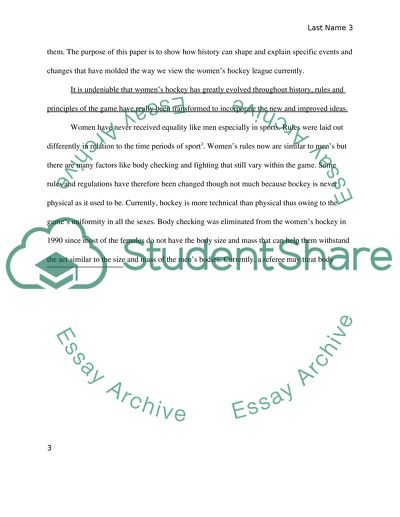Cite this document
(“History of Women's Hockey Essay Example | Topics and Well Written Essays - 1750 words”, n.d.)
Retrieved from https://studentshare.org/education/1491524-history-of-women-s-hockey
Retrieved from https://studentshare.org/education/1491524-history-of-women-s-hockey
(History of Women'S Hockey Essay Example | Topics and Well Written Essays - 1750 Words)
https://studentshare.org/education/1491524-history-of-women-s-hockey.
https://studentshare.org/education/1491524-history-of-women-s-hockey.
“History of Women'S Hockey Essay Example | Topics and Well Written Essays - 1750 Words”, n.d. https://studentshare.org/education/1491524-history-of-women-s-hockey.


